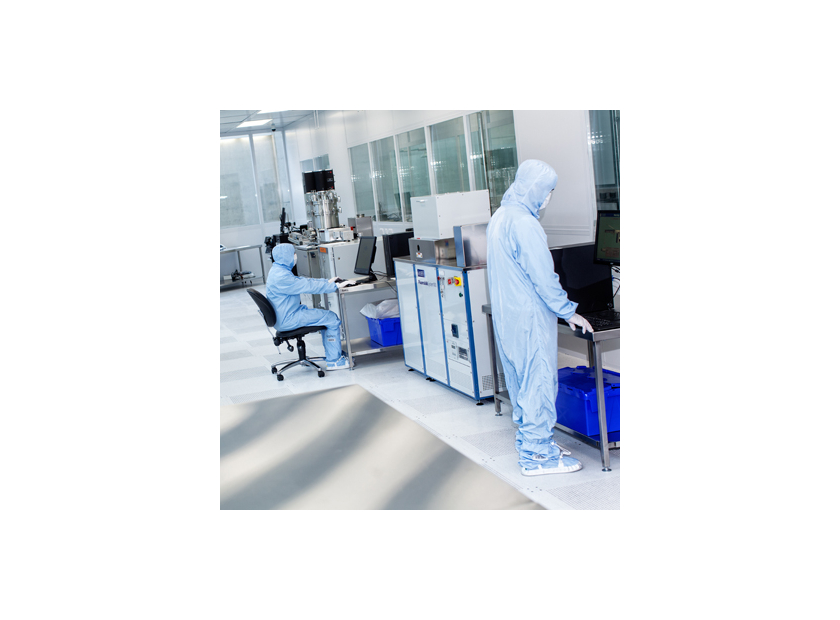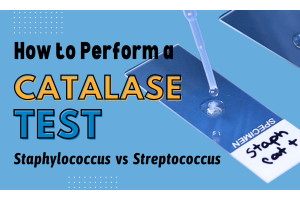Assurance that clean rooms are indeed clean…
Environmental monitoring (EM) is a proactive tool for Quality Assurance and is a critical process within pharmaceutical and biotechnology industries. The process is important in determining the microbial and particulate content of clean room air and surfaces and highlights conditions that contribute to excess microbial and particulate levels caused by ineffective cleaning, or issues due to
and particulate content of clean room air and surfaces and highlights conditions that contribute to excess microbial and particulate levels caused by ineffective cleaning, or issues due to
personnel or equipment. The information gathered from routine EM is useful for setting action limits, for trending, and for taking appropriate corrective measures. EM is typically performed by technicians in the Quality Control or Quality Assurance Departments. QC personnel may perform testing or identification procedures, whereas QA typically provides regulatory oversight: a review of records,
reports, and trends, reviews written procedures or SOPs, audits methods, results, and processes and ensures compliance with cGMP. Additionally, there are multiple reference standards, depending upon the clean room rating or manufacturing process, including ISO 14644, Federal Standard 290E, and USP <1116>, and results from EM can be reported and trended per cubic foot or per cubic meter based on the reference method. EM typically involves counting non-viable airborne particulates, viable airborne particulates, and viable surface-bound particulates on cleanroom surfaces and personnel. Sampling should take place with the facility in an operational condition (personnel present and normal operations) to ensure tangible data is obtained and trended. Sampling in a static condition can be used to monitor baseline contamination and the data compared to in-process use, but should not be confused with operational data. Data trended during EM testing shows contamination is primarily due to people (~75%), but can also be caused by issues related to ventilation (~15%), room layout or structural restrictions (~5%), and the type of equipment (~5%). Testing frequency depends on the type of cleanroom or the testing being performed.
General examples of EM methods and frequencies based upon class 10,000 and class 100,000 cleanrooms:

Non-Viable Particles
Particle counters are handheld devices ideal for spot checking environments.They may be useful for  tracking down the source of contamination, testing filters, and verifying the clean room is working within the specified parameters. However, they are not useful for detecting viable particulates that are likely the cause of contamination.
tracking down the source of contamination, testing filters, and verifying the clean room is working within the specified parameters. However, they are not useful for detecting viable particulates that are likely the cause of contamination.
Viable Particles – Passive
Sampling For the detection of microorganisms, settling plates are useful for passive air monitoring of viable particulates. Once samples are obtained, plates are incubated to promote growth, microorganisms are counted, and results reported as the number of colonies forming units (CFU) per time sampled. In the absence of any outside influence, airborne microorganisms in cleanrooms are typically attached to larger particles and will deposit onto open settling plates over time.
Airborne microorganisms are usually found in the air of occupied clean rooms as they raft from falling skin cells. Very few cells are present on their own and, on average, microbial particles will deposit onto surfaces at a rate of approximately 1cm/s. Sampling locations for settling plates should include areas with little air movement (i.e. dead spaces) or where air flows converge or are excessively turbulent. These conditions are most likely to occur adjacent to doors, in pass-through hatches, at low-level return air grilles, between HEPAs, and in corners of the room. Furthermore, areas within the clean room where personnel is active or where specific or critical operations are carried out should also be routinely sampled.
Viable Particles – Active Sampling
Active air sampling for viable particulate monitoring is the sampling of a defined volume of air. In active air sampling, viable particulates are embedded onto sterile media by the use of automated equipment used to capture a desired volume of air. Media is then incubated to promote the growth of viable particulates. If growth occurs, microorganisms are counted and results reported as the number of CFU per volume of air sampled.
Surface Sampling
Surface sampling is the monitoring of viable, surfacebound particulates. Contact plates with solid  media that rises just above the side of the dish are used to sample tabletops, walls, benches, floors, garments, and gowned personnel. Microorganisms obtained by this method are measured as the number of microorganisms in CFU per unit area sampled. Contact plates work best on flat surfaces and dishes should also contain a grid to facilitate counting of CFU per cm2. Surface sampling can also be used to monitor contamination levels of personnel gowns and personal protective equipment (PPE) before or during manufacturing production. Another objective of surface
media that rises just above the side of the dish are used to sample tabletops, walls, benches, floors, garments, and gowned personnel. Microorganisms obtained by this method are measured as the number of microorganisms in CFU per unit area sampled. Contact plates work best on flat surfaces and dishes should also contain a grid to facilitate counting of CFU per cm2. Surface sampling can also be used to monitor contamination levels of personnel gowns and personal protective equipment (PPE) before or during manufacturing production. Another objective of surface
sampling is to determine the efficacy of routine cleaning procedures in removing contaminants. Sampling can be performed before and after cleaning and media used for this purpose should contain neutralizing agents, such as lecithin and tween, to inactivate residual disinfecting agents, This allows for comparative results before and after cleaning to document the efficacy of the cleaning protocol.
Culture Media
Viable particulate testing requires the use of growth media with low selectivity—i.e. capable of supporting the growth of a broad range of microorganisms, including bacteria, fungi, yeast, and mold.
Typically growth media outlined in the reference methods include Tryptic Soy Agar (a.k.a. Soybean Casein Digest Agar), which supports general microbial colonies, or Sabouraud Dextrose Agar designed to target fungi, yeast, and mold.
Neutralizing agents incorporated into these media may include Lecithin and Tween®, useful for ensuring the efficacy of cleaning protocols. For unique processes or when it’s necessary to recover
particular microorganisms of interest, selective or low nutrient media can be used in conjunction with non-specific formulations to target specific organisms.
Sampling Locations
The number of sampling locations is based on the size of the room. Sampling locations should be  evenly distributed within the test area and a site plan was drawn up to indicate appropriate sampling locations.
evenly distributed within the test area and a site plan was drawn up to indicate appropriate sampling locations.
Moreover, alert and action levels should be established that signal deviation from normal operating conditions or for when conditions require immediate action.
Investigations
Finally, when levels are breached, it’s good practice to identify contaminating microorganisms to determine a possible source or root cause. Investigations should consider whether the sample was isolated or if conditions indicate the entire area is compromised. In using established procedures, a good EM program allows QC and QA personnel to identify trends quickly and to take appropriate actions to reduce the impact to operations.
Written by Kerry Pierce, Technical Support Services Manager at Hardy Diagnostics







